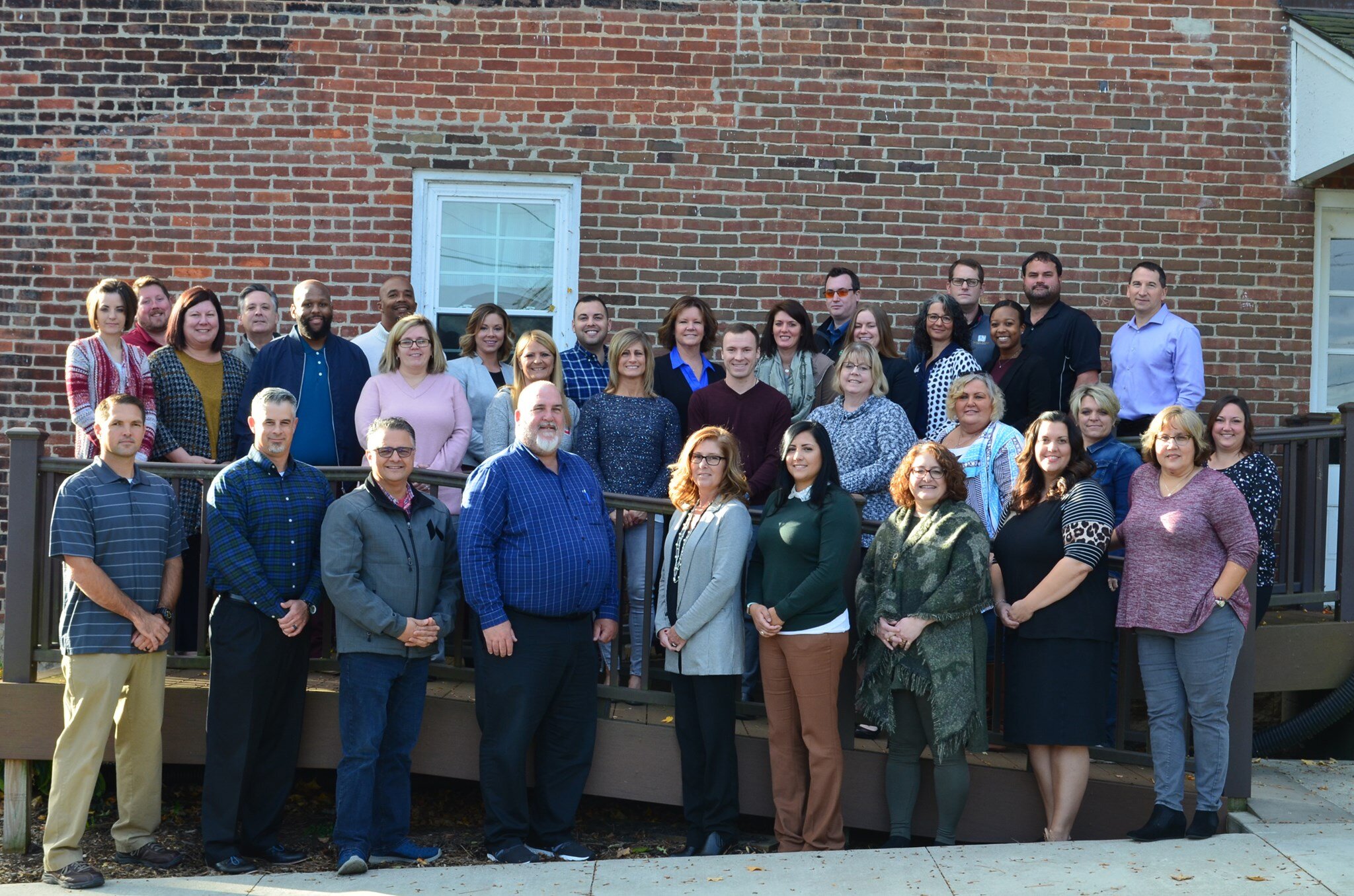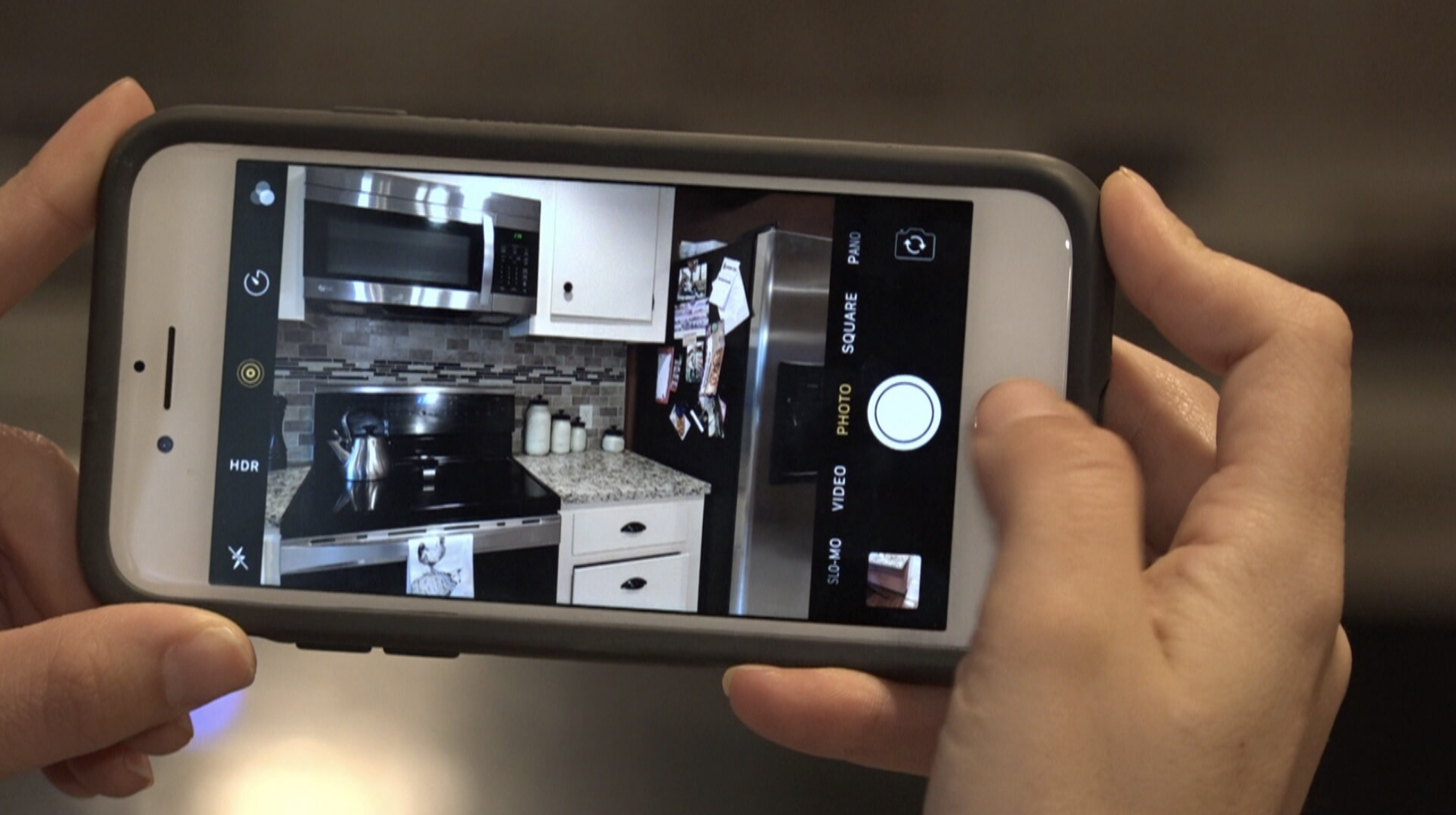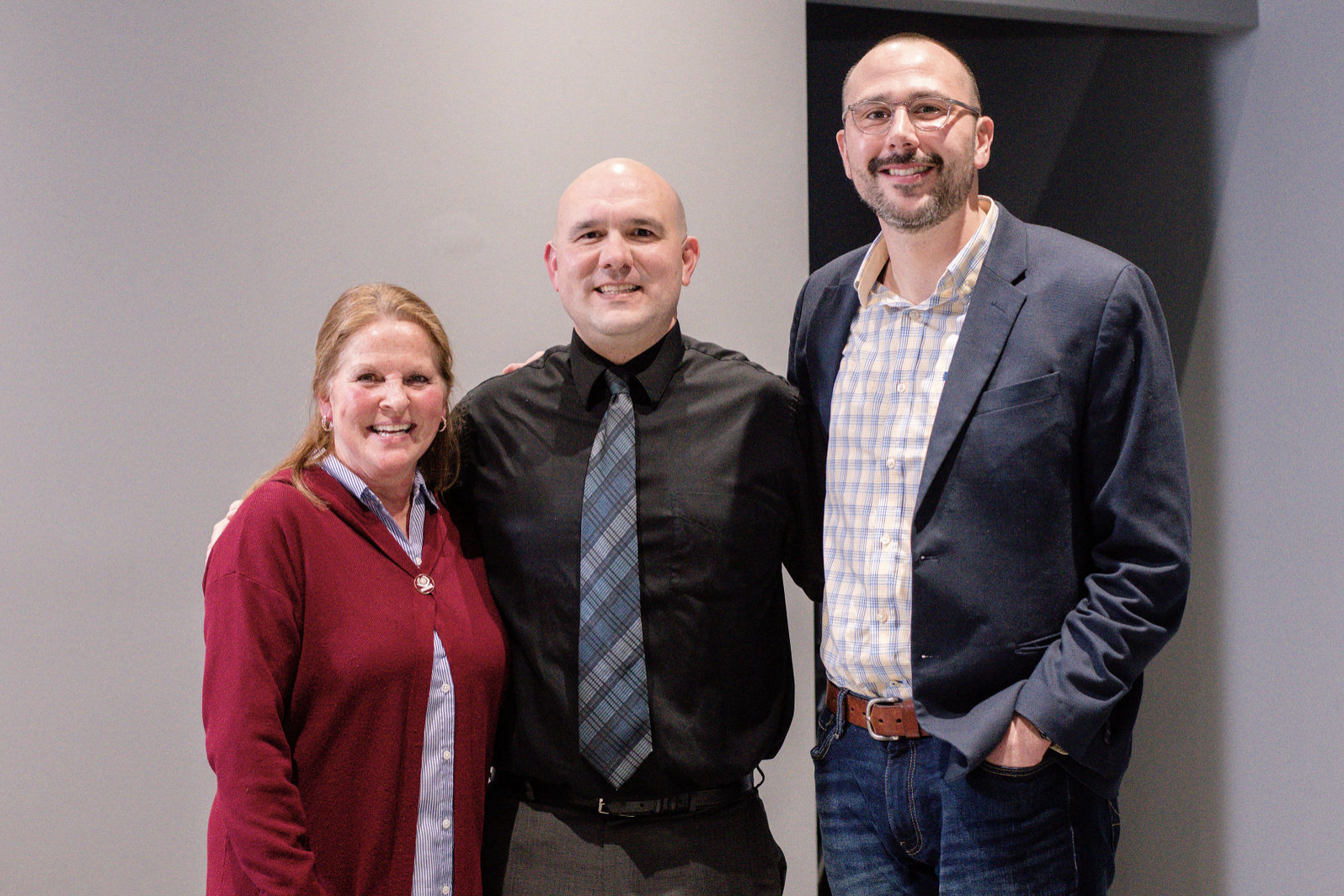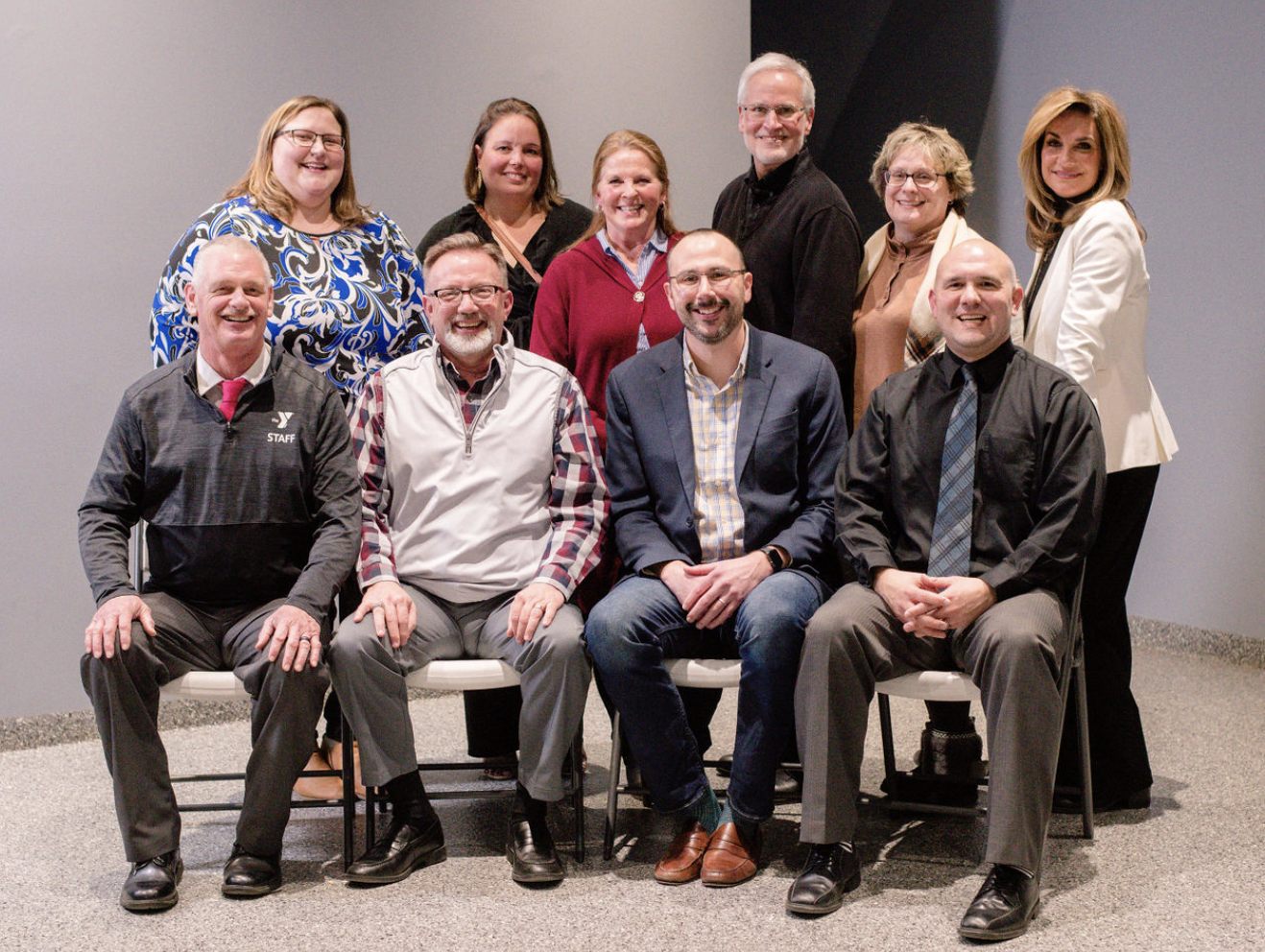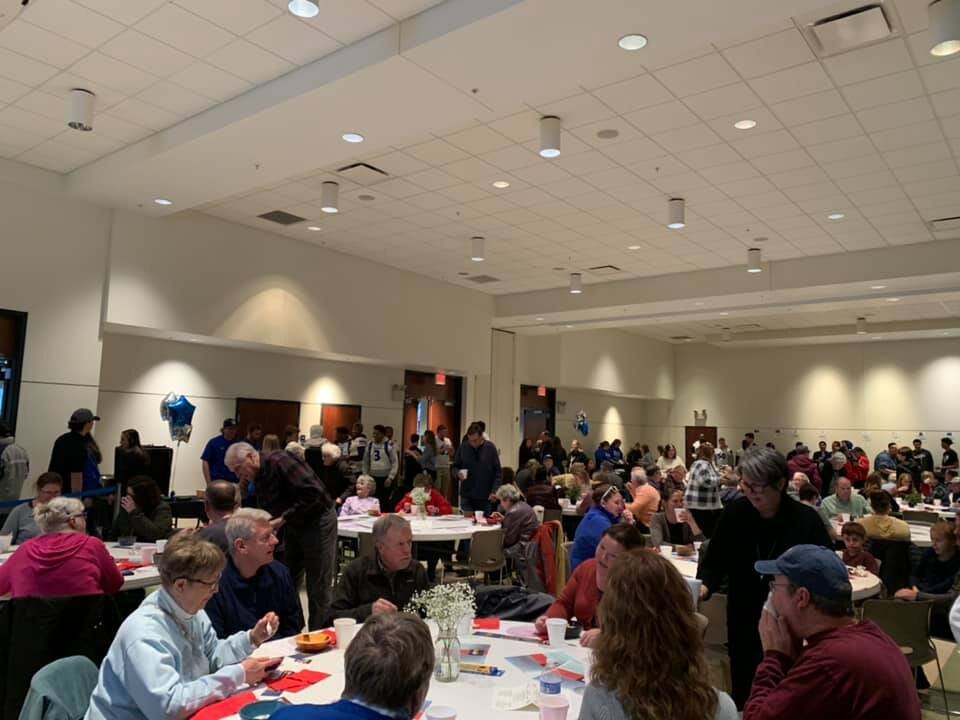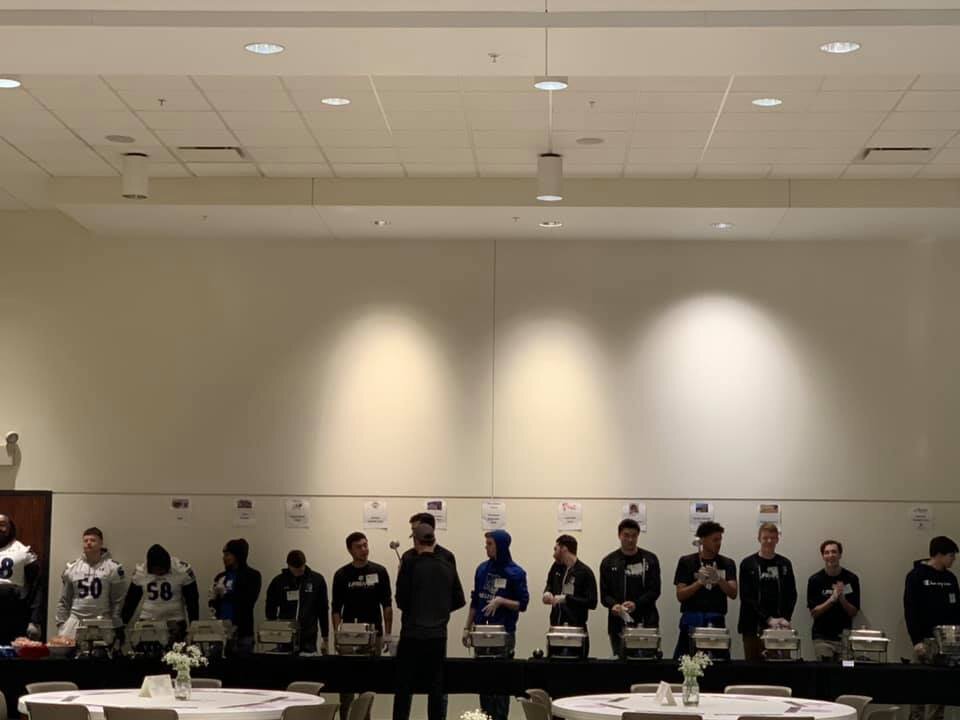You’re standing at the rental car counter and they inevitably ask the question that makes you second-guess your response, “Do you want to purchase insurance coverage for your rental?” You’re probably thinking, “Why do I need to purchase their insurance when I already have auto coverage? But if I don’t accept it, am I leaving myself exposed if I’m in an accident or the car is stolen?” The answer is, it depends. Do you carry collision and comprehensive coverages on your own car? Is this rental for personal or business reasons? How much are you willing to pay out-of-pocket if your policy doesn’t cover the damage? Your answers will guide the type of rental insurance coverage you really need.
What does the rental car insurance cover?
Purchasing the rental car insurance coverage from the rental car company can be costly, although an easier claims process, in the event of a loss. The insurance can be $30+ dollars a day after adding on all the different coverages the rental car company offers, e.g. Enterprise Rent-A-Car: Damage Waiver for $19.99 to $25.99 per day, Personal Accident Insurance for $12.00 per day, and Supplemental Liability Protection $13.80 per day. By purchasing this coverage, the rental car company is essentially waiving its right to make you legally liable for loss or damage to the car while it’s in your possession, regardless of fault (with a few exceptions).
When you are considering renting a vehicle for a personal trip, your personal auto insurance will kick in, but to what amount? You will need to contact your insurance agent to review your policy. If you only have liability coverage on your personal auto(s), your insurance will not cover for physical damage of the rented vehicle. To cover the physical damage on the rental vehicle, you will need to have Comprehensive and Collision coverage on at least one of your owned vehicles. This will save you money when renting a car.
Loss of Use charges
One big problem for rental car coverage is called “loss of use.” Rental car companies can charge you after damage has occurred to the rental vehicle while it is not in service. They will charge you per day while the vehicle sits in a tow yard, at the body shop or while the claim is being settled by your carrier. This process could become very costly due to the negotiations between the rental car company and your insurance company. Insurance companies vary on how they evaluate this coverage. Be sure to speak with your insurance professional to see what your personal auto coverage will handle.
Check with your credit card company
Do your due diligence by calling your credit card company to see if any coverage is provided. Many do, although it seems credit cards are offering this perk less and less these days. The extent of coverage will likely vary from card to card so be sure you understand what they’re offering, or not. For example, your credit card may provide collision damage waiver coverage for the physical damage of a rented vehicle. In the U.S., it is secondary coverage, but the credit card company will pay for the deductible, then your personal auto coverage would step in for the rest if loss of use is charged. For international rentals, the credit card company may cover the rental car due to a collision loss for first dollar coverage (a type of insurance policy with no deductible where the insurer assumes payment once an insurable event occurs).
Rental car insurance for a business trip
If you are renting a vehicle for a business trip, there are many different factors that come into play. You will need to consult with your independent agent on how coverage will apply to the damage of the vehicle. “Hired auto coverage” will cover your liability for any damages you incur to the other party’s vehicle, but this will not cover the vehicle you have rented. It’s in your best interest to notify your agent about your business trip so they can review your coverage and make sure Hired Auto and Hired Car physical damage is included in the policy. In this instance, it would be advisable to use your company credit card and rent it in the company’s name. This is what triggers the business policy.
Generally speaking, if you’re renting a car and driving a long distance, the rental car company’s coverage may be the way to go. If something were to happen, you can simply call the rental car company, they deliver another vehicle and you’re on your way. This avoids the extra step of calling your insurance company, credit card company or any other outside companies to cover the rental car. On the flip side, if you’re going to drive the car locally wherever you are, personal coverage and/or your credit card company’s coverage should be sufficient, but as always, check with your agent first.
Questions about rental car insurance coverage? Contact Wallace & Turner at (937) 324-8492 or info@wtins.com.


